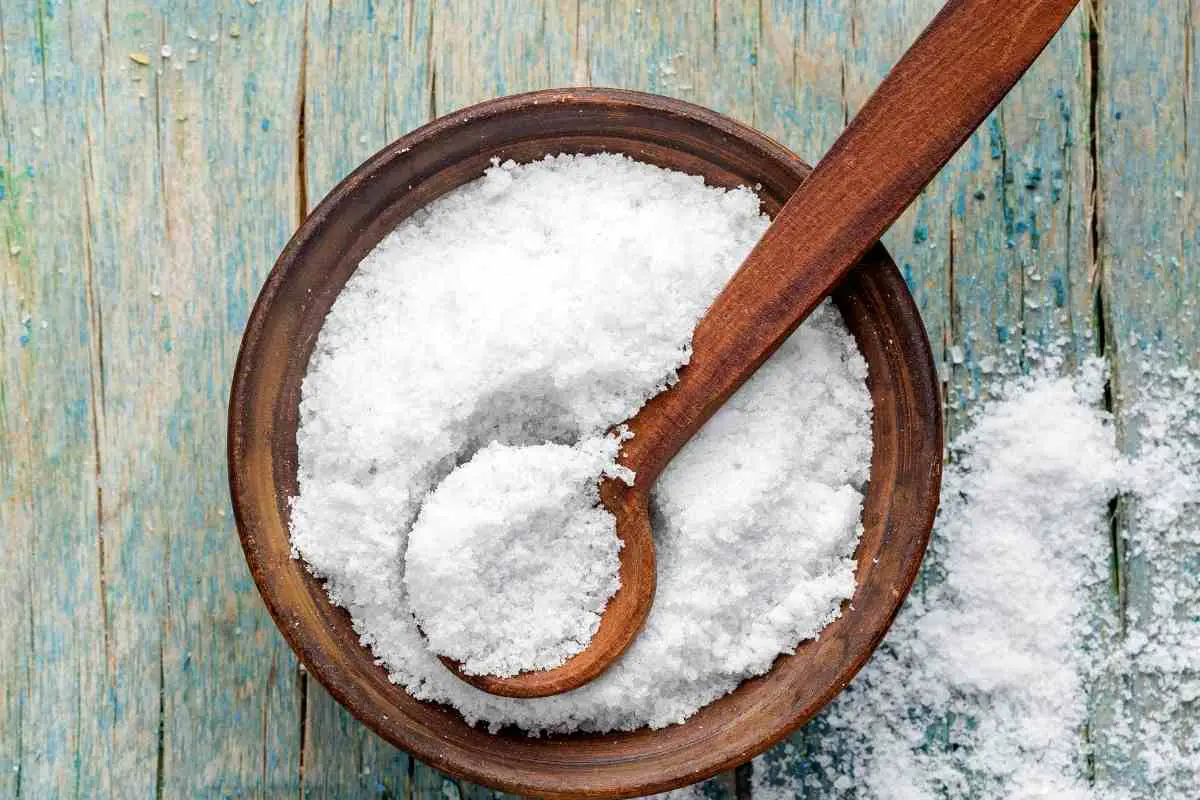If the words “salt” and “succulents” in the same sentence leave you shrieking, this article is going to be an eye-opener!
Because for you, we will rip up the rule book and actually encourage you to put salts on your succulents.
Not the regular table salts… but Epsom salts!
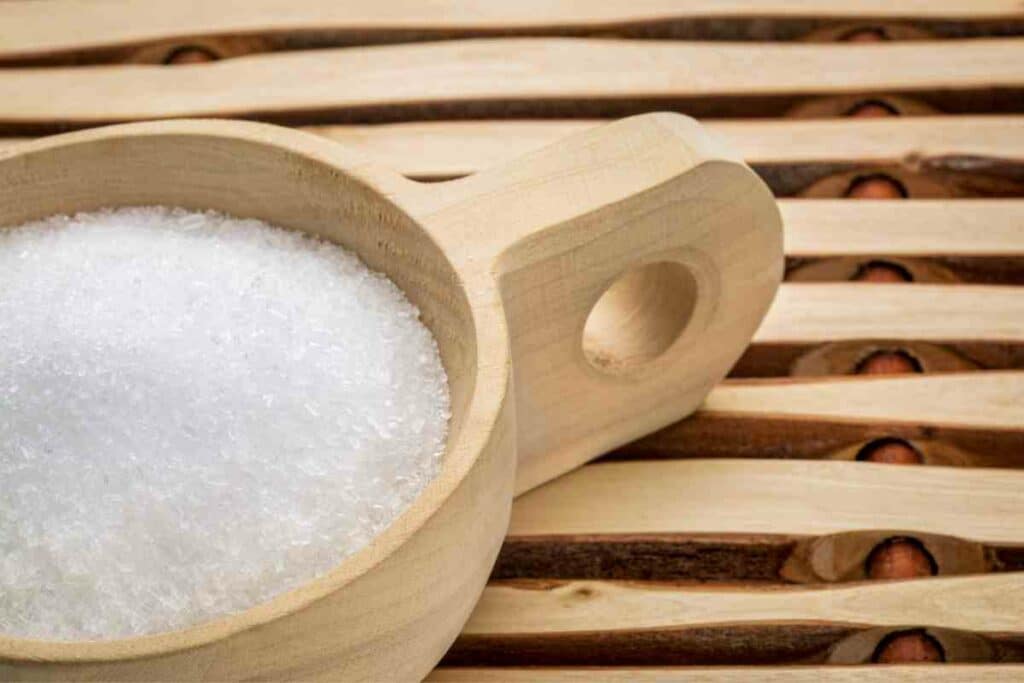
This is a gardening myth that is well worth putting to the test as Epsom salts are a great source of key nutrients your succulent may not be able to acquire elsewhere.
In This Article – We will explain why your prized succulents will love having Epsom salts in their life. However, too much of a great thing can have its drawbacks, so we will share some helpful advice on how to dose and feed nourishing Epsom salts to your plants for the best results.
Epsom salts are an excellent source of magnesium for living things
Epsom salts are nothing fancier than magnesium sulfate, named after a region of Surrey where the salt was produced from chalk springs.
Epsom salts are therefore a rich source of magnesium and Sulphur and are used widely for health, agricultural and horticultural purposes.
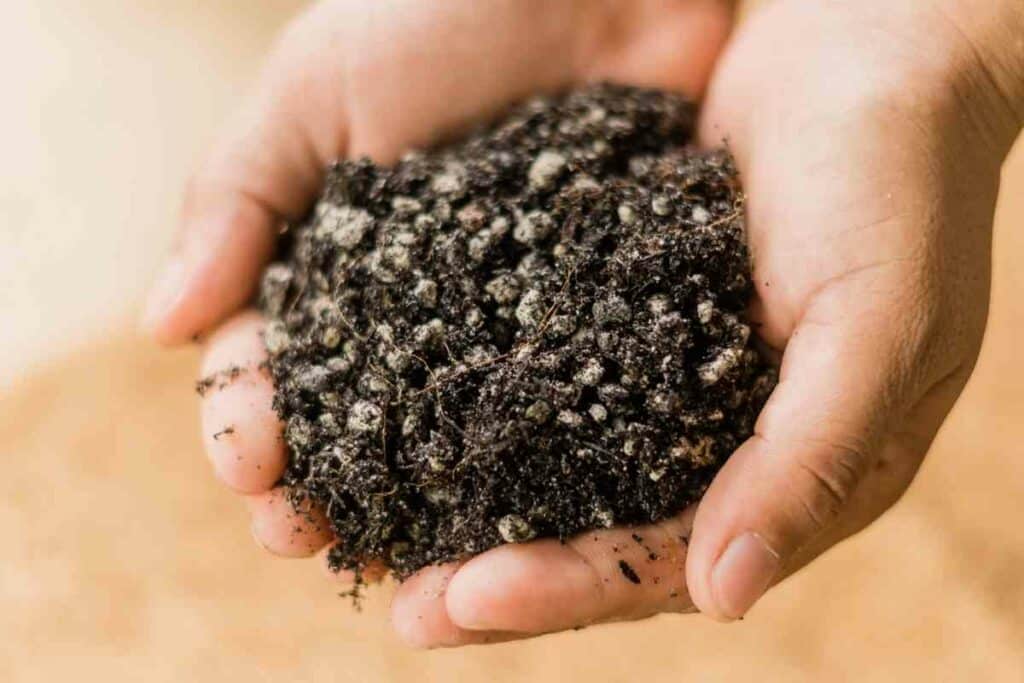
For centuries, farmers, gardeners, and horticulturists have reached for the Epsom salts to promote the health of plants and crops.
For Succulents: Magnesium sulfate is a great source of two minor, but still essential nutrients that will keep your succulents at their best, whether inside or outdoors.
5 great benefits of Epsom salts for succulents
When used correctly, Epsom salts can nourish your succulents and help them to thrive.
The magnesium it provides is extremely beneficial to most plants.
Here are some benefits you may notice for your treasured succulents.
More vigorous growth
Good availability of magnesium is great for increasing chlorophyll production.
The chlorophyll is the food factory of the plant which captures sunlight and uses it to convert carbon dioxide and water into glucose and oxygen.
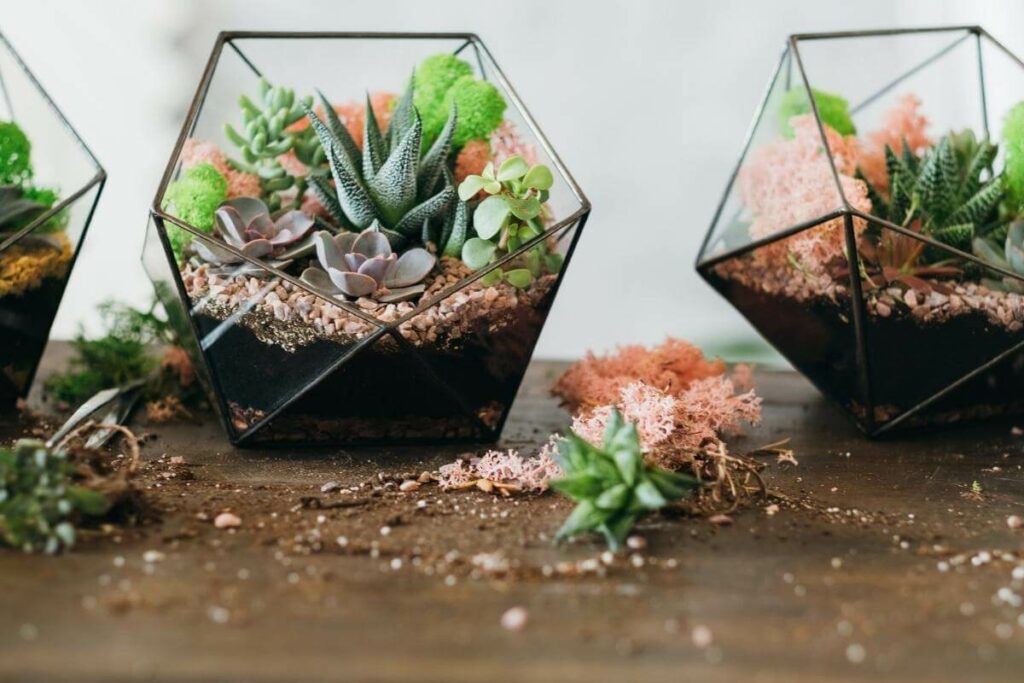
This boost in nutrition will enable the succulent to achieve healthy growth with strong cell walls and turgor for the pertness you love.
Vibrant Coloration
The increased concentration of green chlorophyll in the succulent leaves give the plant a more vivid and vibrant coloration.
Well-supported roots
Epsom salts can help stabilize roots that are at risk of shock from being transplanted.
It also assists the roots in transferring beneficial nutrients and minerals into the plant.

The salts help to rebalance the nutrient levels in your soil and support the transfer of nitrogen, potassium, and phosphorus for better growth.
Lowered Soil pH
Succulents love acidity in their soil.
This can be difficult to achieve, especially if your succulents are watered with tap water.
Adding the Epsom salt will bring the pH down to a more favorable range.
Effective Pest Control
This simple white power is an effective deterrent to pests like:
You can spray the succulents with a solution of Epsom salts or sprinkle the dry salt crystals on the base of your plant.
Feeding Epsom salts to your succulents
Feeding these salts to your succulent is easy because they are extremely soluble.
The biggest risk to the plant is overdoing it.
A concentration of half a tablespoon of Epsom salt per gallon of water is more than enough used only once per month during the warmer months.
Simply substitute regular watering with the Epsom salt solution or spray around the base of the plant with the solution.
It is possible to overdose your succulent with Epsom salts

The thing with Epsom salts is that gardeners have either had a good or bad experience with the, which informs the type of advice they are going to give you.
Some gardeners think using Epsom salts is a bit of a myth
Unless there is a frank magnesium deficiency in a plant, usually showed by a deterioration in the foliage and its coloring, many gardeners think that it is unlikely that magnesium is going to have any benefit.
The high solubility of Epsom salts also means the magnesium is easily washed out of the soil by rain quickly before the succulent can really benefit.
Negative effects of Epsom salts on succulents
The benefits of Epsom salts are great, but is important to remember that it is a salt and both magnesium and sulphur can harm your plant if given to excess.
Here are some of the negative effects.
Soil nutrient imbalance
Excess Epsom salt can produce an imbalance as the potassium and sulphur displace valuable soil ions and nutrients.
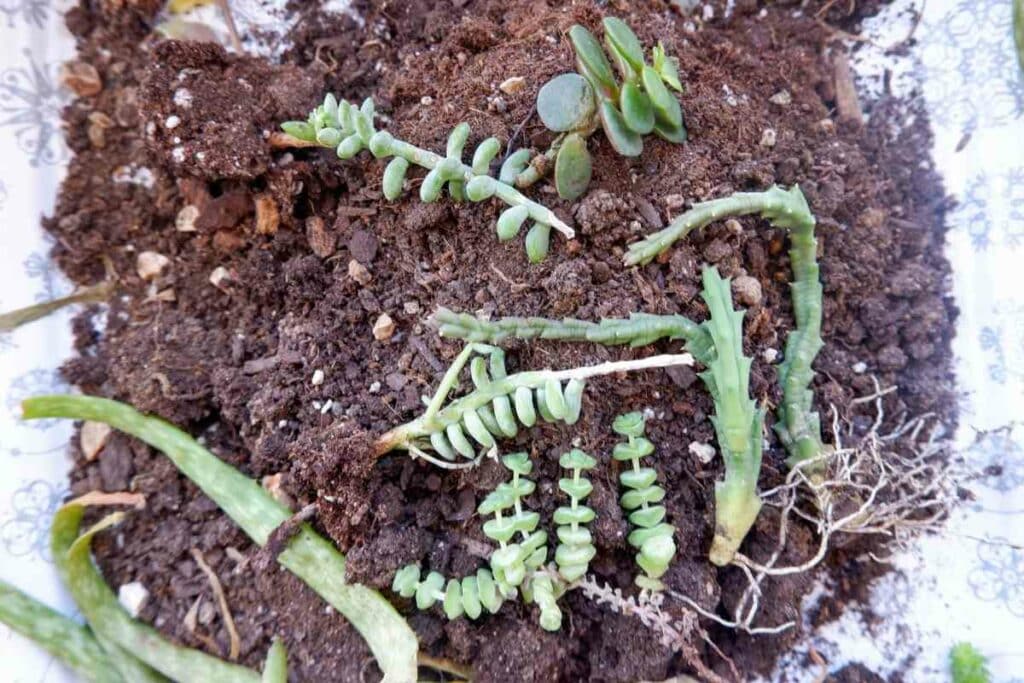
In particular, an imbalance involving calcium can quickly develop as calcium concentrations need to be ten times the level of magnesium to avoid toxicity.
Salt Injury
Accumulation of the ions in Epsom salt leads to a build-up in leaves and other parts of the succulent that can burn the plant from the inside.
Spraying concentrated Epsom salts can also cause leaf scorch.
Stunted Growth
The soil-borne salt can also stunt the growth of the succulent.
Epsom salts can inhibit the uptake of calcium by the succulent which is essential for key biological processes in the plant including photosynthesis, and the absorption of:
- phosphorous
- nitrogen
- and potassium
Root Colonization
Excess magnesium in the soil has been associated with a reduction in beneficial bacteria that colonize the roots and fix nitrogen.
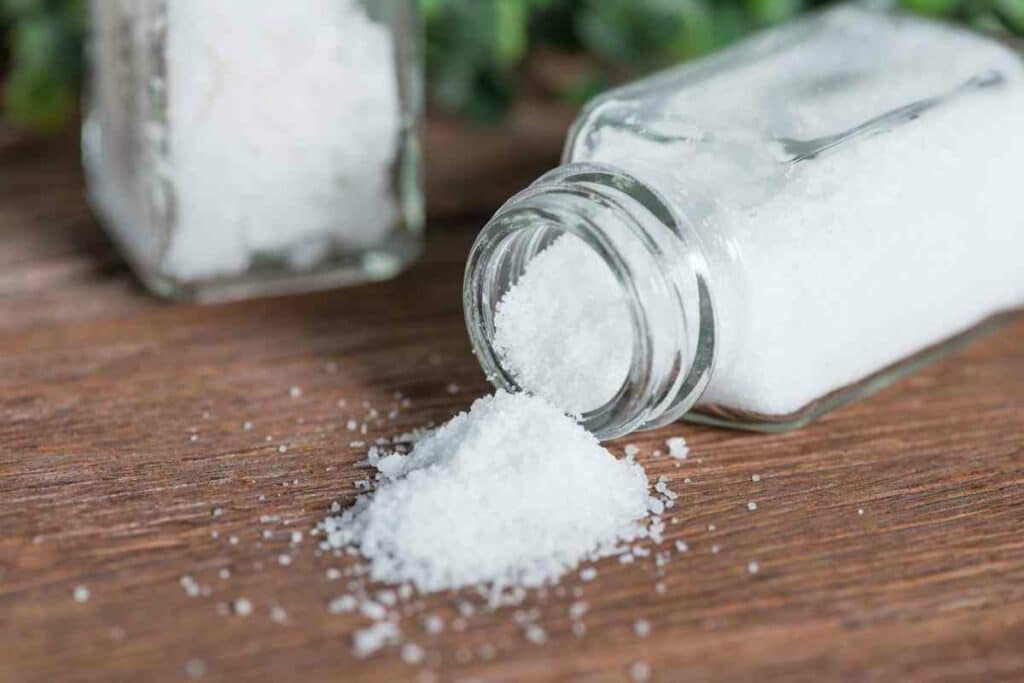
Aluminum Leaching
High levels of magnesium ions can also displace any aluminum that is in the soil.
Aluminum is toxic and can be absorbed by plants and enter the aquatic system.
Rounding Up
Consider Epsom salts if your succulents need some perking up, but remember not to overdo things.
Adding Epsom salts to your succulents feeds is most effective if the soil is magnesium deficient, but it is no substitute for a decent complete liquid fertilizer.
If you add fertilizer while using Epsom salts, make sure that you check the Magnesium content so that you don’t overdose your succulents.
Remember that Epsom salts can also lower the pH, which may make conditions too acidic for your succulent.
If you would like to give these salts a try, test your plant’s tolerance with a single feed, repeating infrequently. We hope you will enjoy thicker stems and plumper, greener leaves.
